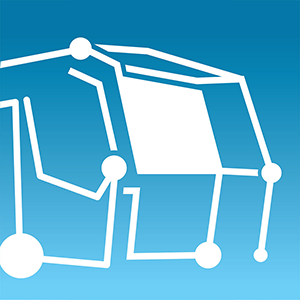
The new rails, delivered on time, are positioned on the track before the renewal train is deployed. They are either unloaded in the centre of the track using a rail pulling device or positioned on the sleeper ends or in the centre of the track using a rail unloading device (rail pulling and pushing device, gantry crane, loading train).
Common rail lengths are up to 120 m. When preparing the construction site, the rails can also be pre-welded to 360 m and more (in Austria, for example). In Germany, rail sections are connected at the rail joints with special fishplates.
Rail supply options: